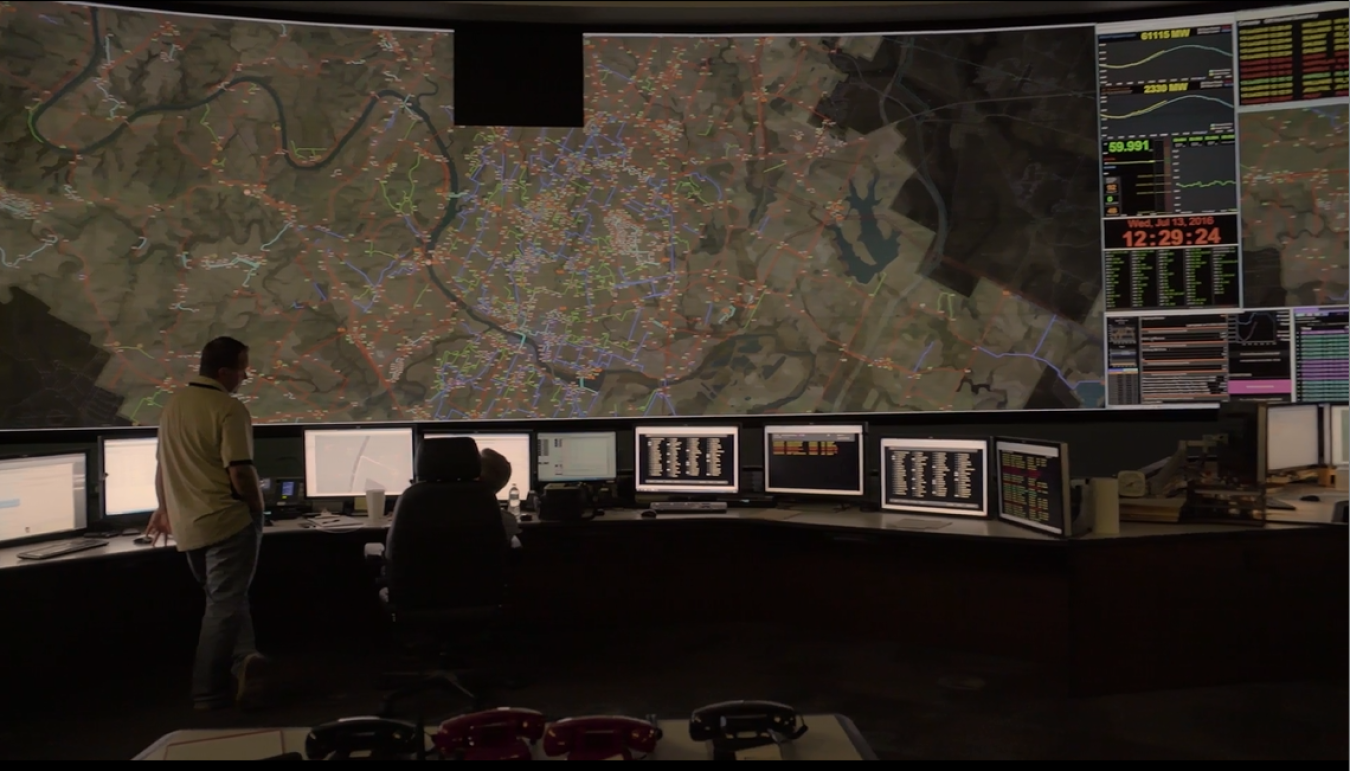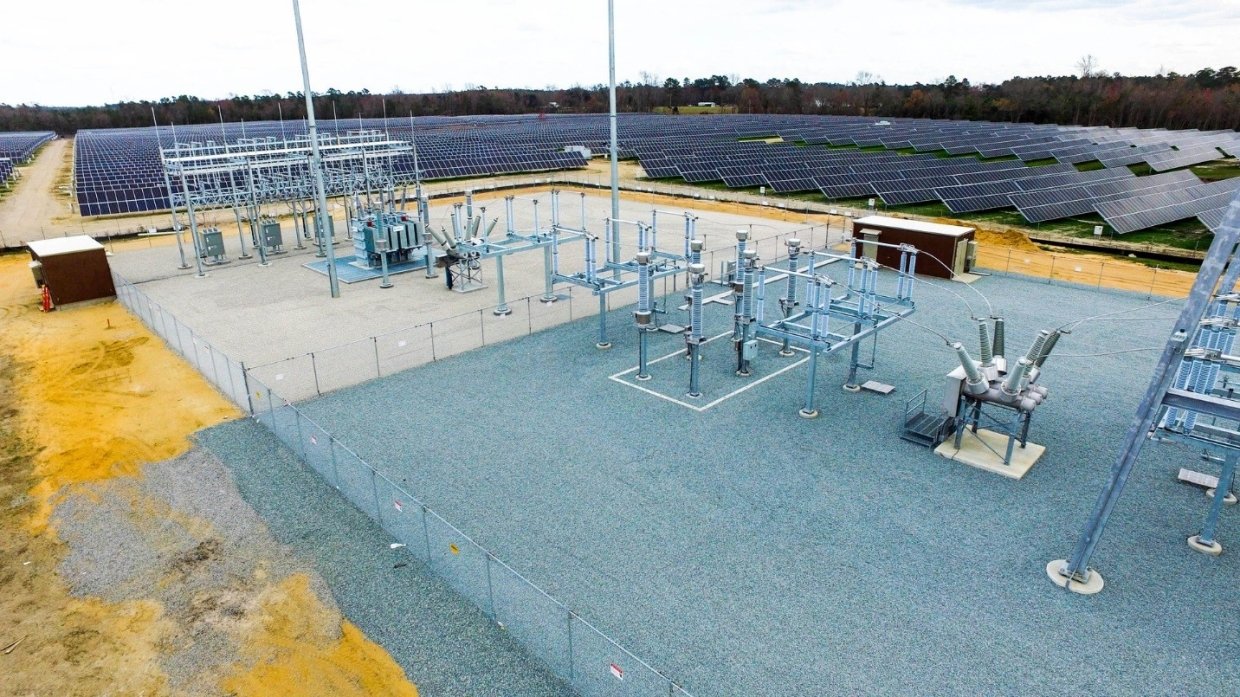
As more solar generation is added to the electric power system, utilities need to consider its fundamental characteristics in system planning and operation to maintain grid reliability, resilience, and power quality. Advanced solar integration technologies can enable photovoltaics (PV) to contribute more than energy by providing essential grid services—including frequency response, capacity, and other reliability and resilience services.
Planning and Operation Challenges and Opportunities
Planning and operation challenges arise at both the transmission and distribution levels, as well as at the interfaces between them. One key issue is variability—the fact that solar power is available only during daytime and continually changes output due to clouds and other atmospheric elements. Another challenge is that traditional systems are designed for one-way power flow, while optimal use of distribution systems require a two-way power flow. As the amount of grid-connected solar continues to grow, generation may exceed demand during the middle of the day, leading to solar curtailment unless the energy is stored. And lastly, the addition of other distributed energy resources onto the grid significantly increases the complexity for planning and operation.
There are also new opportunities for solar to contribute to improved grid reliability and resilience. For example, during a large-scale disaster event that causes wide-spread power outages, distributed PV and energy storage have the potential to bring power back faster to customers, as compared to using the traditional manual black start process. In another example, it has been demonstrated that a large utility-scale PV power plant—including its advanced power electronics and generation controls—has the ability to provide essential reliability services to the electric grid and therefore contribute to system-wide reliability.
Current Projects
SETO funds research and development projects that aim to enhance system planning and operation capabilities that enable two-way power flow, optimal control, protection coordination, and seamless integration of transmission and distribution. Several national lab projects in the Grid Modernization Lab Consortium and the SunShot National Laboratory Multiyear Partnership (SuNLaMP) funding programs tackle the modeling and simulation challenges of integration solar into transmission and distribution systems. The Enabling Extreme Real-time Grid Integration of Solar Energy (ENERGISE) funding program has a dozen projects that focus on improvements in the hierarchical control layers of utility distribution systems.
ENERGISE projects are integrating sensors, communications, and predictive data analytics into planning and operations software, providing grid operators up-to-the-minute measurement and generation prediction data for distributed solar energy sources. This increase in communications between solar arrays and the grid allows utilities to gain an accurate understanding of the current energy mix. Learn more about how these projects are speeding up the process of connecting new solar projects onto the grid and enable efficient and reliable operations.

Helping Utilities Scale Up Solar

